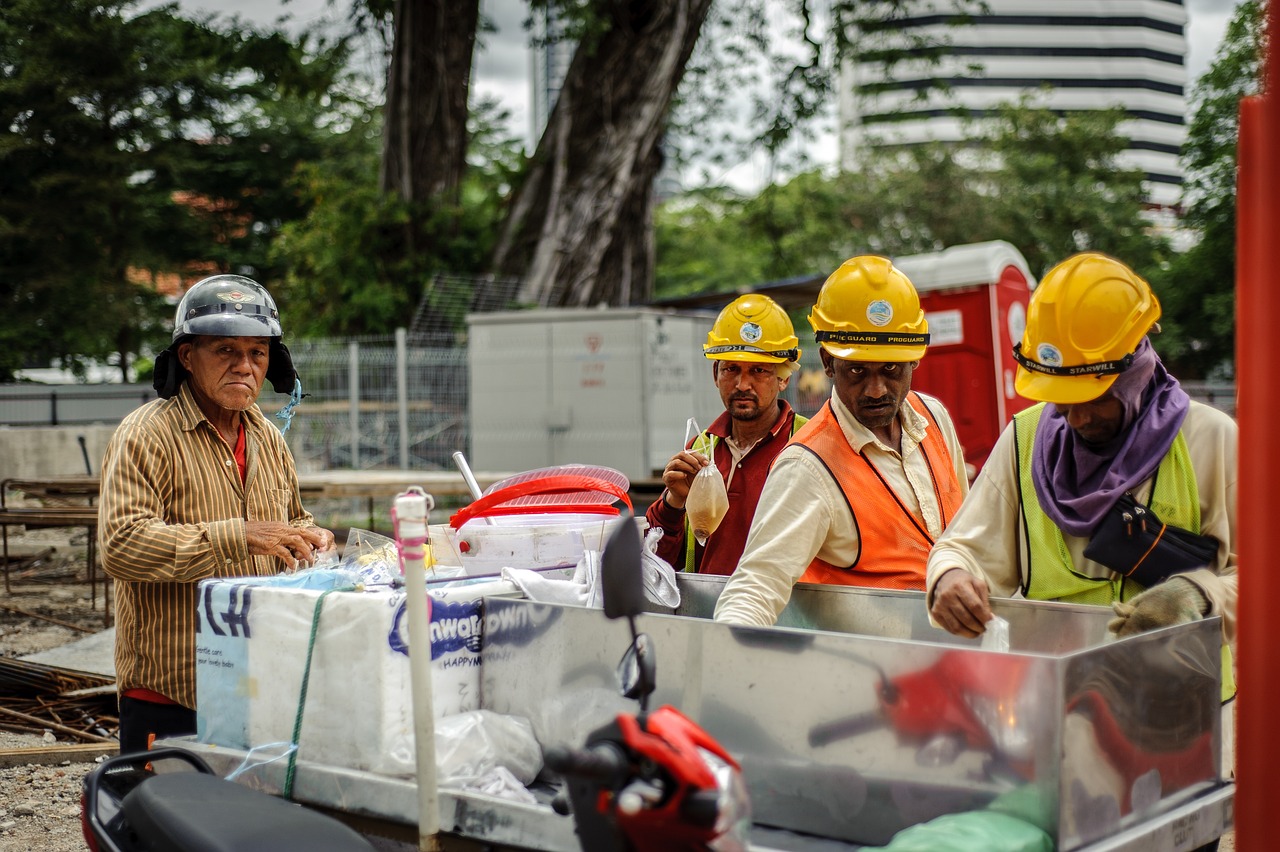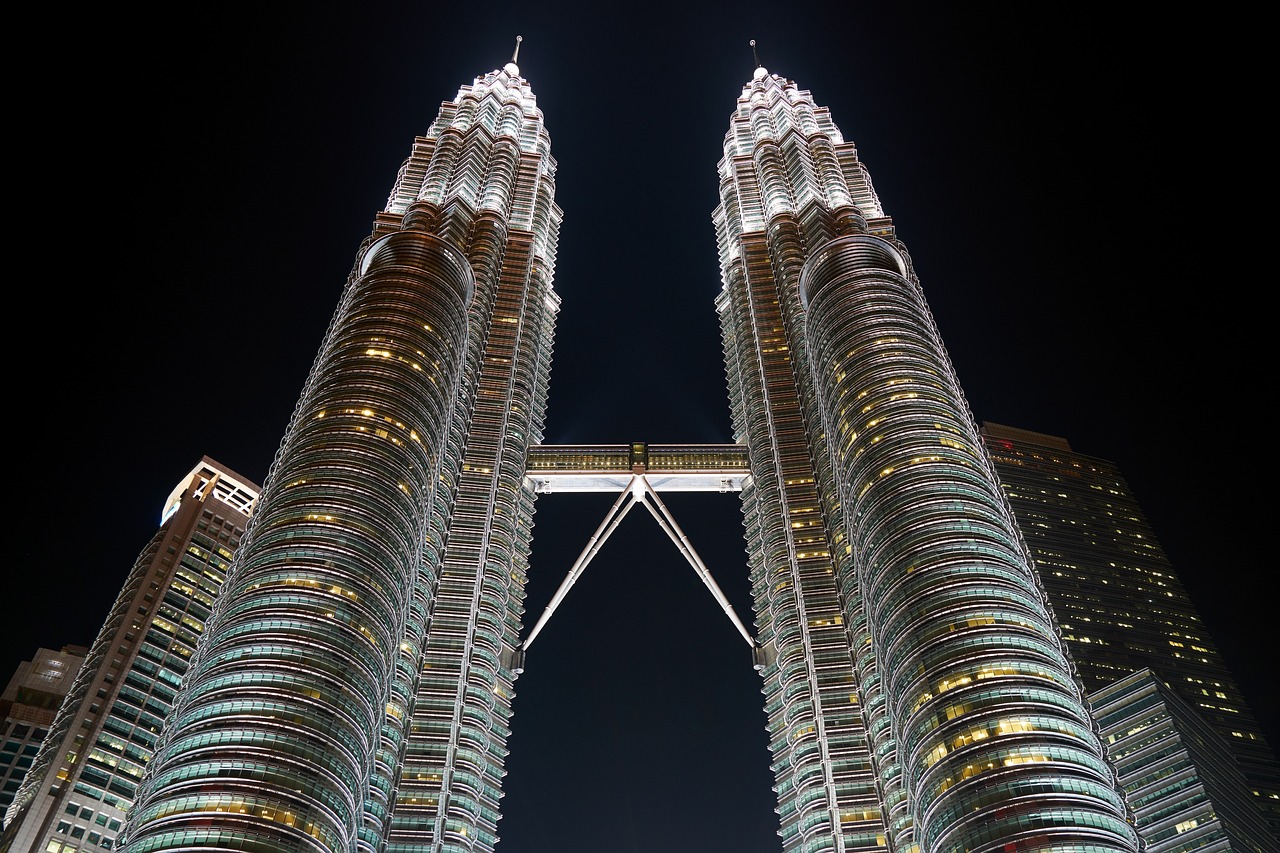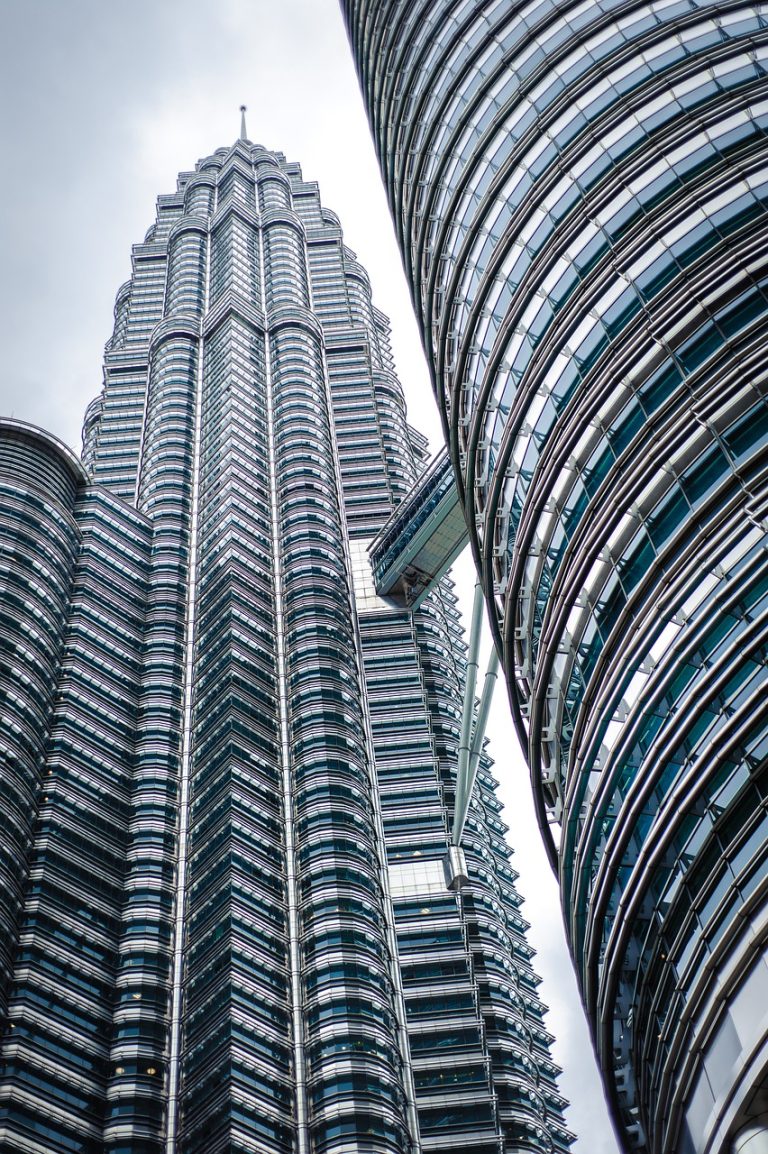Kuala Lumpur Malaysia Video
Historical Treasures of Kuala Lumpur Malaysia: Reliving the Past
Kuala Lumpur, the capital city of Malaysia, is a vibrant metropolis known for its modern skyline and bustling city life. However, beneath the glitz and glamour, Kuala Lumpur is also home to a rich history and a treasure trove of historical landmarks and attractions. From colonial-era buildings to ancient temples, the city offers visitors a chance to relive the past and explore the cultural heritage of Malaysia. In this article, we will delve into the historical treasures of Kuala Lumpur and discover the stories they hold.
Thean Hou Temple
Thean Hou Temple is one of the oldest and most iconic temples in Kuala Lumpur. Built in 1894, this six-tiered Chinese temple is dedicated to the goddess Tian Hou, also known as the Heavenly Mother. The temple is a blend of traditional Chinese architecture and modern elements, making it a popular attraction for both locals and tourists. The intricate carvings, ornate decorations, and vibrant colors of the temple create a visually stunning experience. Visitors can explore the various prayer halls, pagodas, and courtyards within the temple complex, and also enjoy panoramic views of the city from its elevated position.
- Ornate Architecture: Thean Hou Temple showcases exquisite Chinese architecture with its intricate carvings, colorful roof tiles, and traditional motifs.
- Cultural Significance: The temple is an important religious site for the Chinese community in Kuala Lumpur and is often visited during festivals and auspicious occasions.
- Panoramic Views: Visitors can climb to the upper levels of the temple to enjoy breathtaking views of the city skyline and the surrounding landscape.
- Traditional Practices: The temple offers various cultural activities and events, providing visitors with an opportunity to learn about Chinese customs and traditions.
Kuala Lumpur Malaysia Image 1: 
National Museum of Malaysia
The National Museum of Malaysia, also known as Muzium Negara, is the premier museum in Kuala Lumpur that showcases the country’s rich history and cultural heritage. Established in 1963, the museum houses an extensive collection of artifacts, artworks, and historical documents that span over 5,000 years of Malaysian history. From prehistoric artifacts to colonial-era relics, the museum provides a comprehensive overview of Malaysia’s diverse cultural heritage. Visitors can explore the museum’s various galleries, which cover topics such as archaeology, ethnology, and natural history.
- Archaeological Treasures: The museum displays a wide range of archaeological artifacts, including ancient tools, pottery, and jewelry, providing insights into Malaysia’s prehistoric past.
- Colonial History: Exhibits dedicated to Malaysia’s colonial era shed light on the country’s history under British rule and its struggle for independence.
- Cultural Diversity: The museum showcases the cultural traditions and customs of Malaysia’s various ethnic groups, highlighting the country’s multicultural identity.
- Interactive Exhibits: Visitors can engage with interactive displays and multimedia presentations that enhance the learning experience.
Kuala Lumpur Malaysia Image 2: 
Sultan Abdul Samad Building
The Sultan Abdul Samad Building is an iconic landmark in Kuala Lumpur and a testament to the city’s colonial past. Completed in 1897, the building served as the administrative center of British Malaya during the colonial era. Its distinctive architecture, featuring a blend of Moorish, Islamic, and Western influences, makes it a prominent symbol of Kuala Lumpur’s heritage. Today, the Sultan Abdul Samad Building houses the offices of the Ministry of Information, Communications, and Culture.
- Architectural Grandeur: The building’s stunning facade, with its intricate arches, domes, and clock tower, showcases the grandeur of colonial-era architecture.
- Historical Significance: The Sultan Abdul Samad Building played a crucial role in Malaysia’s history as the site of significant events, including the declaration of independence in 1957.
- Photography Opportunities: The building’s unique design and historical significance make it a popular spot for photographers and tourists seeking to capture the essence of Kuala Lumpur.
- City Landmark: The Sultan Abdul Samad Building is a recognizable landmark in Kuala Lumpur and is often used as a backdrop for cultural events and celebrations.
Kuala Lumpur Railway Station
The Kuala Lumpur Railway Station, also known as Stesen Keretapi Kuala Lumpur, is another architectural gem that reflects the city’s colonial past. Built in 1910, the station features a combination of Moorish, Indian, and Western architectural styles, creating a unique and captivating structure. The station served as the main railway hub in Kuala Lumpur until the opening of the modern Kuala Lumpur Sentral station. Today, it houses a railway museum that provides insights into Malaysia’s railway history.
- Heritage Architecture: The Kuala Lumpur Railway Station is renowned for its beautiful facade, characterized by arches, domes, and intricate detailing.
- Railway Museum: The museum within the station showcases a collection of historical artifacts, photographs, and memorabilia, offering visitors a glimpse into Malaysia’s railway heritage.
- Photogenic Setting: The station’s unique architecture and well-preserved interior make it a popular location for photography enthusiasts.
- Transportation Hub: While no longer the main railway station, the Kuala Lumpur Railway Station still serves as an important transportation hub, connecting travelers to various destinations within Malaysia.
Kuala Lumpur Malaysia Image 3: 
Petaling Street
Petaling Street, located in Kuala Lumpur’s Chinatown, is a vibrant and bustling market that dates back to the late 19th century. This historical street is a melting pot of Chinese culture and heritage, offering visitors a glimpse into the city’s vibrant past. Known for its bustling markets, street food stalls, and traditional Chinese shops, Petaling Street is a must-visit destination for those seeking to experience the essence of Kuala Lumpur’s Chinatown.
- Street Markets: Petaling Street is famous for its lively street markets, where visitors can find a wide array of goods, including clothing, accessories, electronics, and souvenirs.
- Chinese Cuisine: The street is lined with numerous food stalls and restaurants, offering a variety of Chinese dishes and local delicacies.
- Traditional Chinese Shops: Petaling Street is home to many traditional Chinese shops selling herbal medicines, traditional costumes, and other cultural artifacts.
- Cultural Experience: The street’s vibrant atmosphere, bustling crowds, and traditional architecture provide a captivating cultural experience.
Conclusion
Kuala Lumpur, Malaysia’s capital city, is not only a modern metropolis but also a city rich in history and cultural heritage. The historical treasures of Kuala Lumpur, such as Thean Hou Temple, the National Museum of Malaysia, the Sultan Abdul Samad Building, the Kuala Lumpur Railway Station, and Petaling Street, offer visitors a chance to delve into the city’s past and experience its diverse cultural heritage. Whether it’s exploring ancient temples, admiring colonial architecture, or immersing oneself in vibrant street markets, Kuala Lumpur provides a captivating journey through time.
References
– National Museum of Malaysia: muziumnegara.gov.my
– Thean Hou Temple: theanhou.org.my
– Kuala Lumpur Railway Station: ktmrailwayfan.com
– Petaling Street: chinatownkl.gov.my






